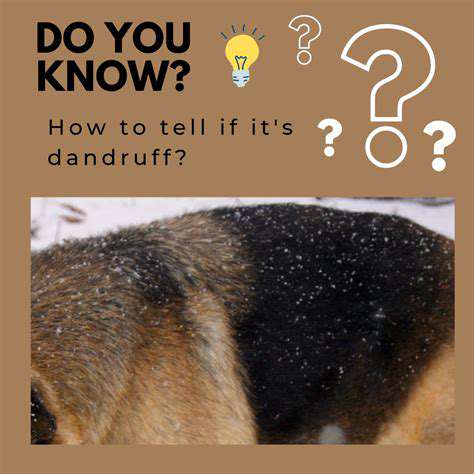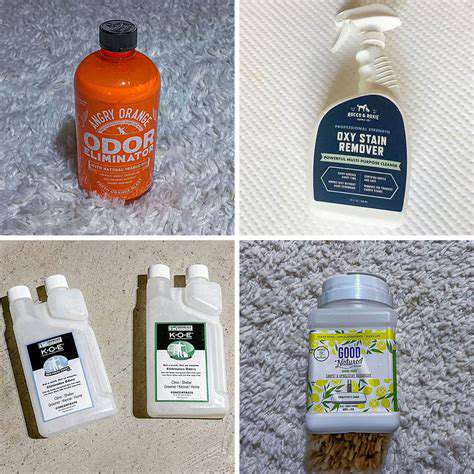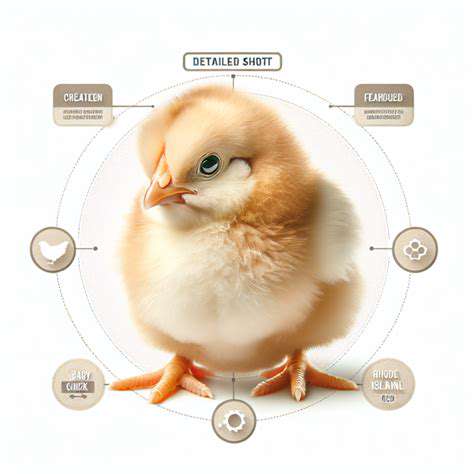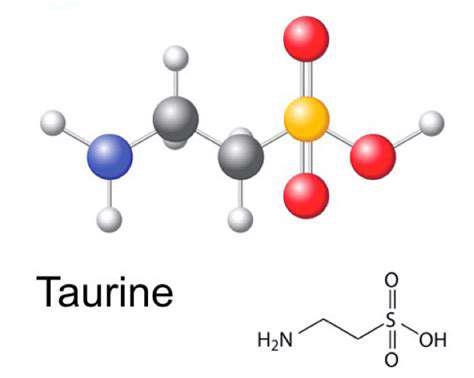Recognizing and Treating Dandruff in Pets
Identifying Dandruff in Your Furry Friend
Recognizing the Signs of Dandruff
Dandruff in pets often goes unnoticed at first glance. Unlike humans, pets can't vocalize discomfort, so owners must be vigilant. Look for tiny white or brown flakes nestled in your pet's fur, particularly along their spine and behind their ears. These telltale signs might appear more pronounced after brushing or during seasonal changes. Some pets develop visible patches of dry, scaly skin that flake when touched. Excessive scratching or frequent rubbing against furniture could signal irritation beyond normal grooming behavior.
The texture of your pet's coat offers important clues. Run your fingers through their fur - a healthy coat feels smooth, while dandruff-affected fur often has a dry, brittle quality. Pay attention to shedding patterns too; while all pets shed, abnormal hair loss combined with visible skin flakes warrants closer inspection. Environmental factors play a significant role - winter's dry air or summer's humidity extremes can trigger or worsen flaking. Notice if symptoms improve or worsen after bathing, as improper grooming products may contribute to the problem.
Understanding the Causes of Dandruff in Pets
Multiple factors can lead to flaky skin in animals. Nutritional deficiencies rank among the most common culprits - diets lacking omega fatty acids or essential vitamins directly impact skin health. Allergic reactions to food ingredients or environmental allergens like pollen manifest as skin irritation and subsequent flaking. Underlying medical conditions such as fungal infections or autoimmune disorders frequently include dandruff among their symptoms. These conditions disrupt normal skin cell turnover, causing visible accumulation of dead skin cells.
Parasitic infestations create a double threat - the parasites themselves irritate the skin, while the scratching they provoke damages it further. Some medications, particularly those affecting hormone levels or immune response, list dry skin as a potential side effect. Always consult your veterinarian before adjusting any prescribed treatments. They can perform skin scrapings, blood tests, or allergy panels to identify the root cause. Remember that what appears as simple dandruff might indicate more serious conditions requiring specific interventions.
Grooming habits significantly influence skin health. Over-bathing strips natural oils, while under-grooming allows dead skin cells to accumulate. Different breeds require tailored care - long-haired pets need daily brushing to prevent matting, while short-haired varieties benefit from weekly sessions. If symptoms persist despite home care, professional veterinary evaluation becomes essential. They can distinguish between harmless seasonal flaking and symptoms requiring medical treatment.


When to Consult a Veterinarian
When to Seek Immediate Veterinary Attention
Certain symptoms accompanying dandruff demand prompt professional evaluation. Open sores, bleeding, or foul-smelling discharge indicate advanced skin compromise. Behavioral changes like lethargy or appetite loss suggest systemic involvement. Pets scratching until they create bald patches risk secondary infections requiring antibiotics. Early intervention prevents minor issues from becoming chronic problems and ensures your pet's comfort.
Trust your instincts - if something seems off with your pet's skin or behavior, schedule a veterinary visit. Many conditions respond better to treatment when caught early, potentially saving time and expense in the long run.
Identifying Potential Underlying Issues
Skin reflects overall health, making dandruff a potential indicator of various conditions. Endocrine disorders like hypothyroidism commonly cause dry, flaky skin. Autoimmune diseases may attack skin cells, disrupting their normal lifecycle. Even stress can manifest physically through skin changes. Your veterinarian will consider these possibilities while examining your pet, possibly recommending diagnostic tests to rule out serious conditions.
Assessing the Severity and Extent of Dandruff
Not all flaking requires medical intervention. Mild, localized dandruff might respond to dietary adjustments or moisturizing shampoos. Widespread, persistent flaking with inflammation suggests deeper issues. Veterinarians evaluate distribution patterns - is it concentrated along the back or affecting the entire body? They'll check for secondary infections in scratched areas and assess skin elasticity and hydration levels.
Understanding the Role of Diet in Dandruff
Skin constitutes the body's largest organ, requiring proper nutrients to function optimally. Essential fatty acids, particularly omega-3s, maintain skin's moisture barrier. Zinc, vitamin E, and B-complex vitamins support skin cell regeneration. Some pets benefit from prescription diets formulated for dermatological health. Always transition foods gradually and under veterinary supervision to avoid digestive upset while assessing effectiveness.
Evaluating Environmental Factors
Indoor heating systems dehydrate home air, while outdoor pollutants can settle on a pet's coat. Consider humidifiers during dry months and rinse paws after walks in treated areas. Harsh detergents used on pet bedding or strong household cleaners may contribute to skin irritation. Sometimes, simple changes like switching to fragrance-free laundry products or installing an air purifier yield noticeable improvements.
Monitoring Treatment Progress and Addressing Recurrence
Effective dandruff management requires patience. Treatments may take weeks to show full effect. Document changes through dated photos and notes about scratching frequency. Some conditions require lifelong management rather than one-time cures. Work with your veterinarian to develop a maintenance plan incorporating regular check-ups, seasonal adjustments, and contingency plans for flare-ups. Prevention-focused care helps maintain results between veterinary visits.
Read more about Recognizing and Treating Dandruff in Pets
Hot Recommendations
- Best Pet Bowls: Stainless Steel and Ceramic
- Pet Hydration: Why It's Crucial
- Stop Counter Surfing: Training Your Dog to Stay Off
- Pet Hypothyroidism: Symptoms and Management
- Signs of Pet Liver Disease: What to Watch For
- Pet Emergency Kits: What to Pack
- Dangers of Xylitol: Toxic to Dogs
- Dealing with Pet Diarrhea: When to See a Vet
- Preparing Pets for Travel: Tips for a Smooth Trip
- Pet Depression: Recognizing the Signs











